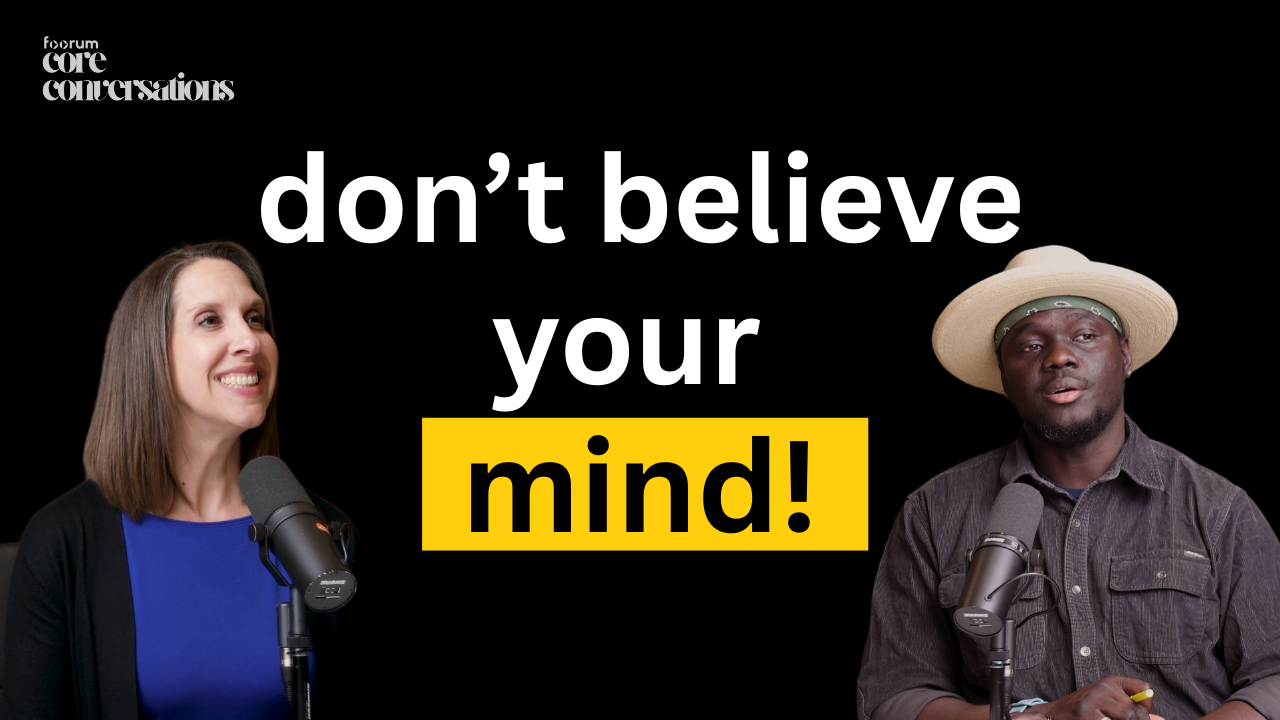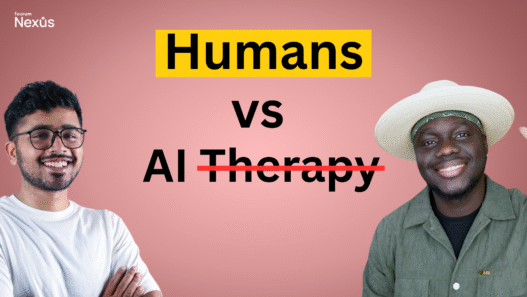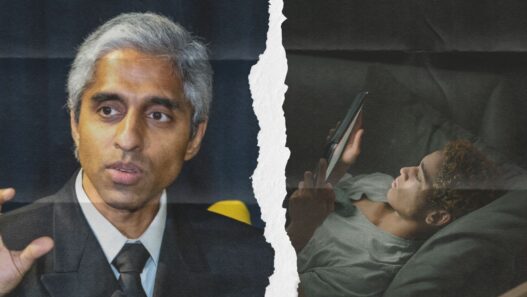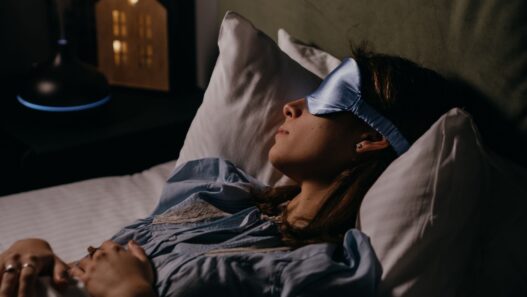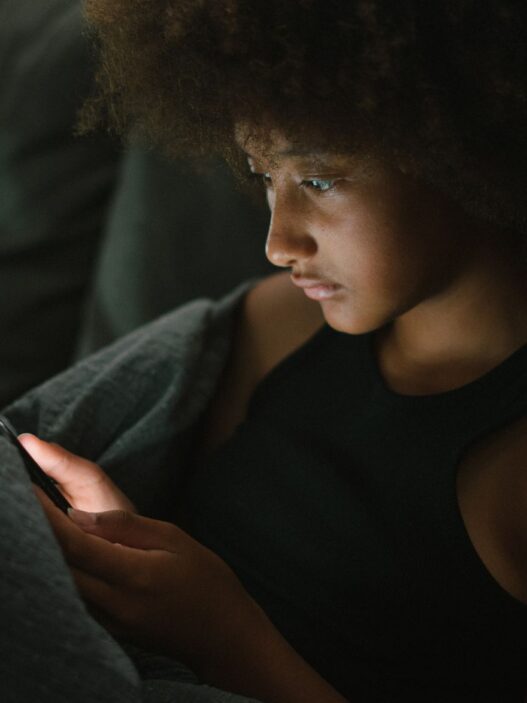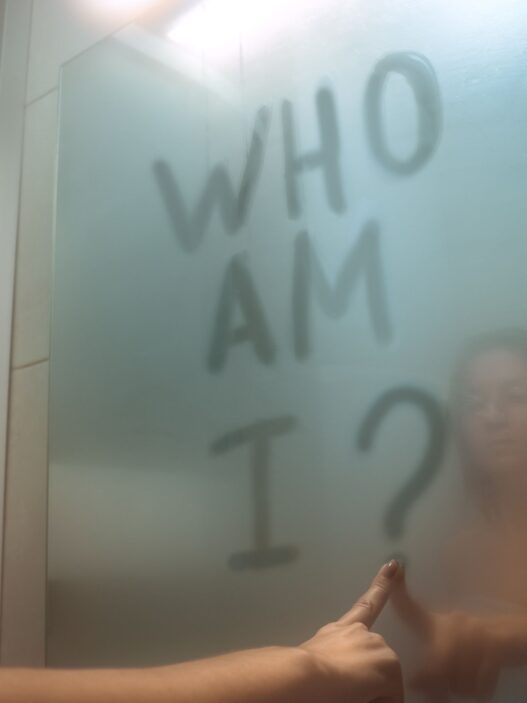In 2023, U.S. Surgeon General Dr. Vivek Murthy issued a powerful advisory calling attention to an under-discussed but deeply felt crisis: loneliness.
Framing social connection as vital to health, on par with quitting smoking or maintaining a balanced diet. Murthy’s message was clear: disconnection is killing us.
Two years later, the warnings haven’t just aged, they’ve become more urgent.
A Crisis That’s Not Going Away
According to a March 2025 report from The Washington Post, the loneliness epidemic has grown more severe, especially among young adults.
Citing recent surveys, nearly one-third of U.S. adults under 30 say they feel lonely “always” or “often.”
Rates of prolonged isolation and emotional distress have risen steadily since 2020, with pandemic-era disruptions now hardened into lasting behavioral patterns.
The same article notes that digital connection has not translated into emotional closeness.
“We are the most connected and the most disconnected we’ve ever been,” one mental health expert told the Post.
Despite living in a time of 24/7 messaging, video chats, and social media, what many Americans lack is something far more fundamental: a sense of being seen, known, and emotionally safe.
Surgeon General’s Advisory: A Roadmap Ignored?
The 2023 advisory laid out six foundational pillars to rebuild social connection: strengthening civic infrastructure, creating pro-connection public policies,
supporting social connection in healthcare, reforming workplace culture, modernizing education, and investing in research.
It called for workplaces to evaluate employees not just by productivity but by how they foster healthy social ties.
It urged healthcare systems to treat isolation as a public health threat. It even suggested doctors screen for social disconnection during checkups .
And yet, the recent surge in loneliness suggests these steps remain mostly aspirational.
Few policies have been enacted at the federal level to operationalize these recommendations.
Most companies still measure success by hours worked, not relationships formed. And our healthcare system, strained by workforce burnout, has made little room to integrate social health into clinical care.
Young Adults: The Loneliest Generation?
A surprising demographic now bears the brunt of this crisis: Gen Z.
According to the World Happiness Report 2025, the U.S. dropped to 23rd place in global happiness rankings, largely due to young Americans reporting significantly lower levels of life satisfaction and community trust than older generations.
Despite being the most digitally connected generation in history, Gen Z adults are struggling with anxiety, depression, and disconnection.
A potent mix of rising economic insecurity, social media comparison, climate anxiety, and political polarization has left many feeling helpless and alone.
This is more than a vibe shift. It’s a structural problem.
Why This Still Matters
Loneliness isn’t just an emotional inconvenience. It’s a public health emergency.
Research shows that chronic loneliness increases the risk of heart disease by 29%, stroke by 32%, and dementia by 50%.
Social disconnection raises mortality risk as much as smoking 15 cigarettes a day .
And the longer we ignore it, the deeper it becomes ingrained culturally and personally.
What Now?
Solutions must go beyond friendship apps and mental health hotlines. It’s time to invest in environments that foster connection, especially among younger populations.
That includes redesigning cities for walkability and shared spaces, reforming work to prioritize team well-being, and offering universal mental health education from early childhood through adulthood.
Most importantly, we need to take loneliness seriously not just as a personal failure, but as a societal challenge requiring collective solutions.
The former Surgeon General’s warning wasn’t just a moment, it was a mirror. Two years later, the reflection remains: America is still alone together.
